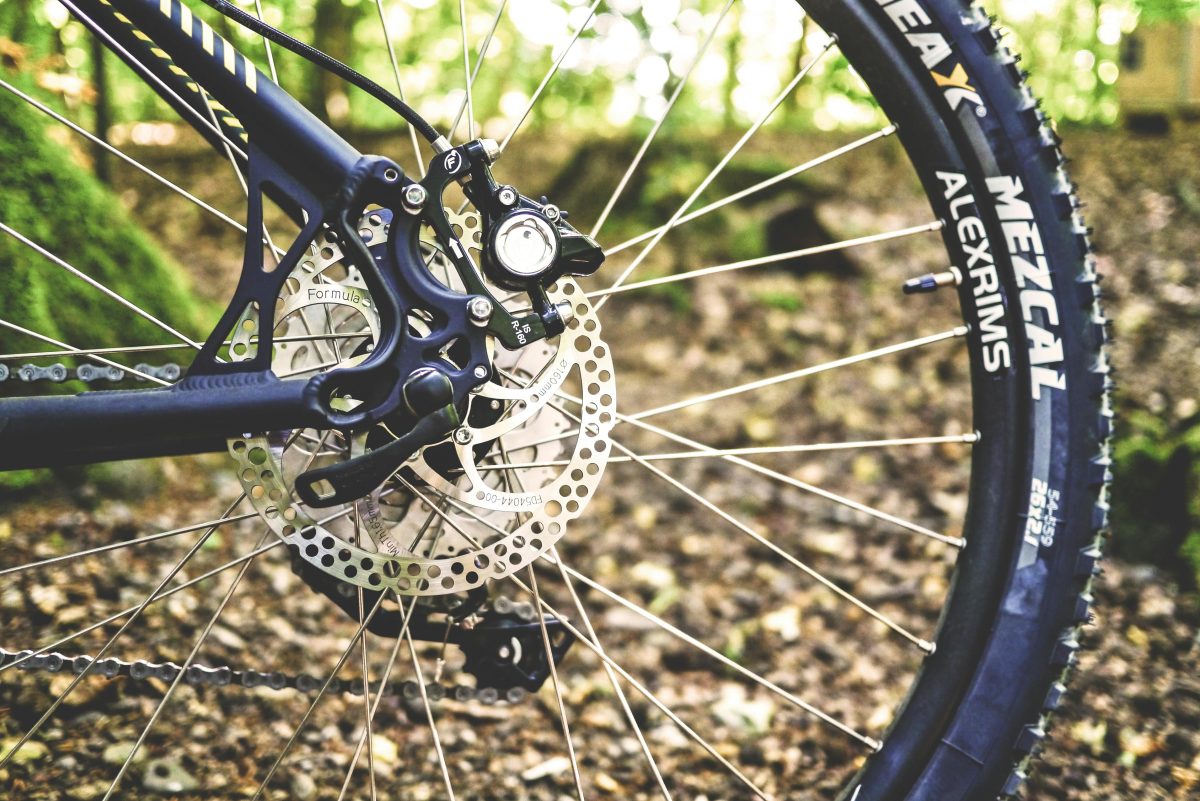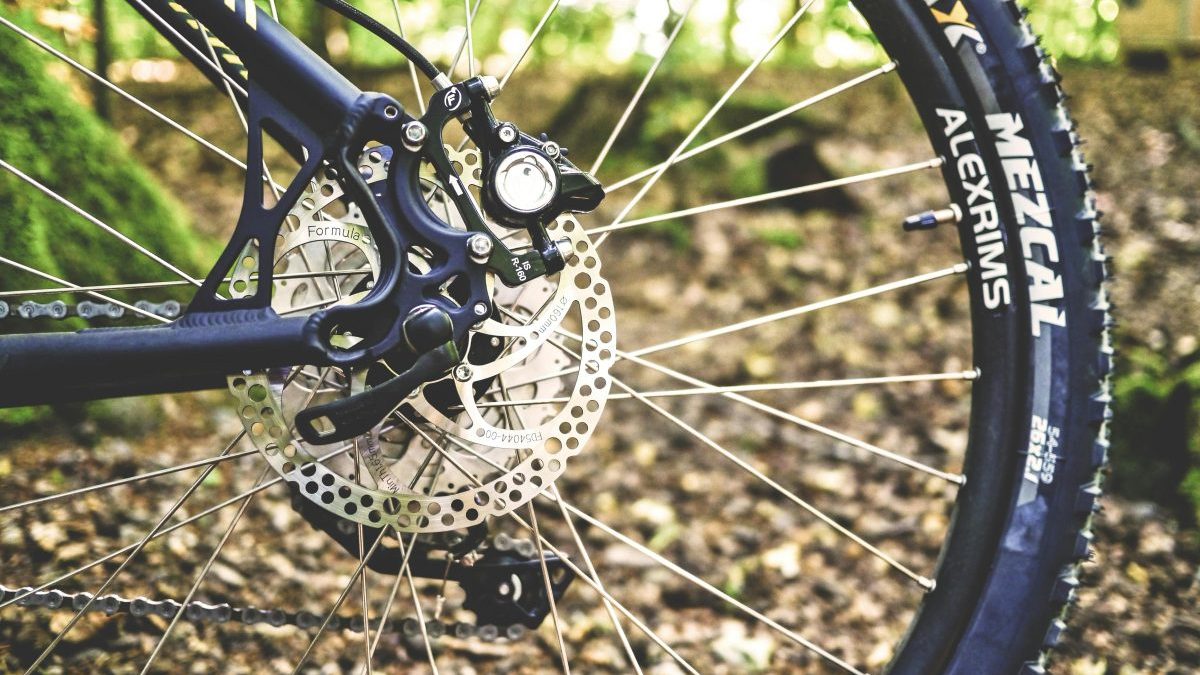Last Updated on: 14th July 2024, 09:06 am
Introduction to Cycling Performance Optimization

Optimizing cycling performance is not just about pushing pedals harder; it’s a symphony of factors harmonizing to elevate your ride. The importance of fine-tuning your cycling prowess cannot be overstated. It’s the difference between feeling like you’re soaring on wings or trudging through molasses. Every cyclist, whether amateur or seasoned, has the potential to unlock their best ride yet.
An array of elements influences cycling performance. From the physical—like strength and endurance—to the technical, such as bike fit and equipment choice. Nutrition and recovery play pivotal roles, too, acting as the fuel and repair mechanisms for your body. And let’s not forget the mental aspect; mindset and strategy are the invisible gears that propel you forward or hold you back.
Understanding and optimizing these factors can transform your cycling experience. It’s about creating a seamless blend of efficiency, power, and joy. Let’s dive deeper into how you can achieve your peak performance on two wheels.
Training Techniques for Enhanced Cycling Performance

Embarking on a journey to elevate your cycling performance begins with a structured training plan. This blueprint is your roadmap, guiding you through varied workouts with precision and purpose. It’s not just about riding more; it’s about riding smarter.
- Interval training: By alternating between high-intensity bursts and periods of lower intensity or rest, you ignite your body’s ability to improve both speed and endurance. The beauty of interval training lies in its versatility and efficiency, making it a cornerstone for cyclists aiming to break through performance plateaus.
- Cross-training: Incorporating activities like swimming, running, or strength training not only prevents boredom but also enhances your cycling performance. These exercises build overall fitness, targeting muscles and systems that cycling alone might overlook, leading to a more balanced and resilient athlete.
- Recovery: Emphasizing rest and active recovery is crucial. Techniques such as gentle spinning, yoga, or even complete rest are vital. They ensure you return to the saddle stronger, not just well-rested.
Together, these strategies form a comprehensive approach to cycling training. By focusing on structured plans, interval training, cross-training, and recovery, you’re not just riding. You’re on a path to unlocking your full potential, transforming each pedal stroke into a testament to your dedication and hard work.
Nutrition and Hydration Strategies for Peak Cycling Performance

The Role of Nutrition in Cycling Performance
Nutrition is the fuel that powers the engine of any cyclist. A well-planned diet enhances endurance, strength, and recovery. Carbohydrates are the primary energy source, proteins support muscle repair, and fats provide long-lasting fuel. The right balance boosts performance and recovery, making nutrition a key player in a cyclist’s success.
Key Nutrients and Supplements for Cyclists
- Iron, for oxygen transport
- Calcium and Vitamin D, for bone health
- Antioxidants, for recovery and inflammation control
- Supplements like BCAAs (Branched-Chain Amino Acids) and omega-3 fatty acids can further enhance performance and recovery. However, whole foods should always be the foundation of your diet.
Hydration: Understanding Its Impact and Managing It Effectively
Hydration is as critical as nutrition. It’s not just about drinking water; it’s about maintaining electrolyte balance. Dehydration can severely impair performance, making effective hydration strategies a must. This includes pre-ride hydration, monitoring fluid intake during the ride, and replenishing fluids post-ride. Electrolyte supplements can be beneficial, especially in longer rides or hot conditions.
Pre-ride, During-ride, and Post-ride Nutrition Tips
- Pre-ride: Focus on easily digestible carbs and a bit of protein.
- During the ride: Maintain energy with small, frequent snacks or energy gels, and don’t forget to drink water or an electrolyte drink.
- Post-ride: Prioritize protein for muscle repair and carbs to replenish energy stores. This cycle of nutrition supports sustained performance and optimal recovery.
Integrating these nutrition and hydration strategies into your cycling regimen can significantly enhance your performance. It’s not just about the miles you log but also about how you fuel and hydrate your body. With the right approach, you can achieve peak performance and enjoy every ride to its fullest.
Equipment and Gear Optimization for Peak Cycling Performance

Choosing the right bike is the first step toward cycling excellence. Consider factors like the bike’s weight, frame material, and the type of cycling you’ll be doing. Whether it’s a lightweight carbon frame for road racing or a sturdy mountain bike for off-road trails, the right choice can significantly impact your performance.
A proper bike fitting is not just beneficial; it’s essential. It ensures that your riding position is both comfortable and efficient, reducing the risk of injury and improving your overall performance. A bike that fits like a glove can make the difference between a good ride and a great one.
Advanced gear plays a crucial role in optimizing your cycling experience. Aerodynamic helmets, shoes designed for maximum power transfer, and clothing that reduces drag—all contribute to a smoother, faster ride. Comfort is equally important, as it allows you to focus on the ride without distractions.
Maintenance is the unsung hero of peak performance. Regularly checking your bike’s components, such as the chain, brakes, and tires, ensures everything is in top working order. Simple tasks like cleaning your bike and lubricating the chain can prevent wear and tear, keeping your equipment running smoothly.
Integrating these equipment and gear optimization strategies into your cycling regimen can lead to significant improvements in your performance. With the right bike, a perfect fit, advanced gear, and regular maintenance, you’re not just ready to ride—you’re ready to excel.
Mental Preparation and Strategy for Optimal Cycling Performance

Unlocking your best cycling performance requires more than physical strength; it demands mental fortitude. Setting realistic goals and meticulously tracking your progress lays the foundation for success. This approach not only clarifies your path but also fuels your motivation, keeping you anchored to your cycling aspirations.
Mental toughness is the backbone of any seasoned cyclist. It’s about facing challenges head-on and maintaining motivation, even when the road gets tough. Overcoming obstacles becomes easier when you’re mentally prepared to push through the pain and fatigue that long rides invariably bring.
Visualization and mental rehearsal play pivotal roles in enhancing performance. By mentally simulating your ride, you prime your mind and body for the actual event. This technique not only boosts confidence but also improves focus, making it easier to navigate through the physical demands of cycling.
Coping with pain and fatigue is inevitable in cycling, especially during longer rides. Developing strategies to manage these discomforts is crucial. Whether it’s through focused breathing, positive self-talk, or breaking the ride into manageable segments, finding what works for you is key. These strategies not only enhance endurance but also ensure you enjoy the journey, regardless of the distance.
Integrating these mental preparation and strategy elements into your cycling regimen can significantly elevate your performance. It’s about harmonizing the mind and body to achieve your peak performance, transforming each ride into a testament to your resilience and dedication.
Technology and Data Analysis for Performance Improvement

Modern technology has revolutionized the way cyclists train and perform. Cycling computers and power meters are now indispensable tools for riders aiming to push their limits. These devices provide real-time feedback on performance metrics, such as speed, distance, cadence, and power output, allowing for precise adjustments to training intensity and duration.
- GPS and Heart Rate Monitors: Extend beyond mere tracking; they offer insights into a cyclist’s efficiency and endurance. GPS devices help in route planning and tracking progress over time, while heart rate monitors gauge the body’s response to various training intensities, ensuring that each session is within the optimal zone for improvement.
- Data Analysis: Crucial for refining training plans and racing strategies. Patterns emerge, revealing strengths to be exploited and weaknesses to be addressed. This data-driven approach ensures that training is both effective and efficient, leading to consistent performance gains.
- Apps and Software: For tracking and improving cycling performance have become increasingly sophisticated. They offer a platform for cyclists to analyze their data, set goals, and track their progress over time. These digital tools often include social features that add a competitive edge to training, motivating cyclists to strive for continuous improvement.
Embracing these technological advancements can significantly enhance a cyclist’s performance. With the right tools and a commitment to data analysis, every ride becomes an opportunity to learn and improve, propelling you closer to your cycling goals.
In Closing
Elevate your ride, unlock your potential. This journey transcends mere physical exertion, blending resilience with the pure joy of cycling. Through a meticulous balance of training, nutrition, gear optimization, mental strategy, and technological insights, cyclists can achieve unparalleled performance and satisfaction. Embrace this holistic approach to not just ride, but to soar on two wheels, continually pushing the boundaries of what you believe is possible. Let every pedal stroke be a testament to your dedication, as you ride into a future of endless possibilities and achievements.
Optimizing Your Cycling Performance FAQs
Cross-training can significantly benefit cycling performance by improving overall fitness, strength, and flexibility. Activities like swimming, running, and strength training can help address muscle imbalances, enhance cardiovascular health, and reduce the risk of injury. It also prevents burnout by varying your workout routine.
Increasing cycling speed requires a combination of strength training, interval workouts, and consistent practice. Strength training, especially for the legs and core, improves power output, while interval training boosts your VO2 max, enhancing your ability to sustain higher speeds over time. Regularly challenging yourself with time trials or sprints can also track and encourage progress in speed.
Preventing cycling injuries involves proper bike fit, consistent strength training, and adequate rest. Ensuring your bike is correctly adjusted to your body helps avoid overuse injuries, while strength training strengthens the muscles around the joints, providing better support. Regular rest days and listening to your body’s signals for overtraining or fatigue are also crucial.
Mental training can significantly impact cycling performance by improving focus, confidence, and resilience. Techniques such as visualization, goal setting, and mindfulness can help cyclists overcome challenges and maintain motivation. A strong mental game enables better pain management and strategic thinking during races or long rides.
Bike fit is essential for maximizing cycling performance and preventing injuries. A properly fitted bike ensures optimal power transfer, comfort, and aerodynamics, which can significantly affect endurance and speed. Regular adjustments may be needed as your riding style evolves or to address any discomfort.
Using a power meter in training offers precise measurement of your effort and performance improvements. It allows for targeted training sessions based on specific power zones, leading to more efficient workouts. Additionally, tracking power output helps in pacing during races and long rides, preventing burnout.
Improving cycling endurance involves consistent, long-distance rides at a moderate pace. This approach gradually increases your stamina and cardiovascular capacity, allowing you to ride longer distances without fatigue. Incorporating interval training can also enhance your endurance by improving your body’s efficiency in using energy.
The best way to recover after a long ride is through proper nutrition, hydration, and rest. Consuming protein and carbohydrates soon after your ride helps repair muscles and replenish energy stores. Adequate hydration and sufficient sleep are also crucial for the body’s recovery process.
Aerodynamics plays a significant role in cycling performance, especially at higher speeds where air resistance becomes a major factor. Optimizing bike setup, body position, and wearing streamlined clothing can reduce drag, making pedaling more efficient. Small adjustments, such as lowering the handlebars or tucking in elbows, can lead to significant gains in speed and energy conservation.
Nutrition is crucial for optimizing cycling performance as it fuels the body before, during, and after rides. Consuming a balanced diet rich in carbohydrates, proteins, and fats ensures sustained energy levels and aids in muscle recovery. Hydration, along with electrolyte balance, is essential to prevent cramps and maintain overall performance.
Orlando is a all round athlete from Australia, now resident in Germany. His sports of passion of American Football(Offensive line), weight training and indoor rock climbing where he uses his 195cm wing span to his advantage.



